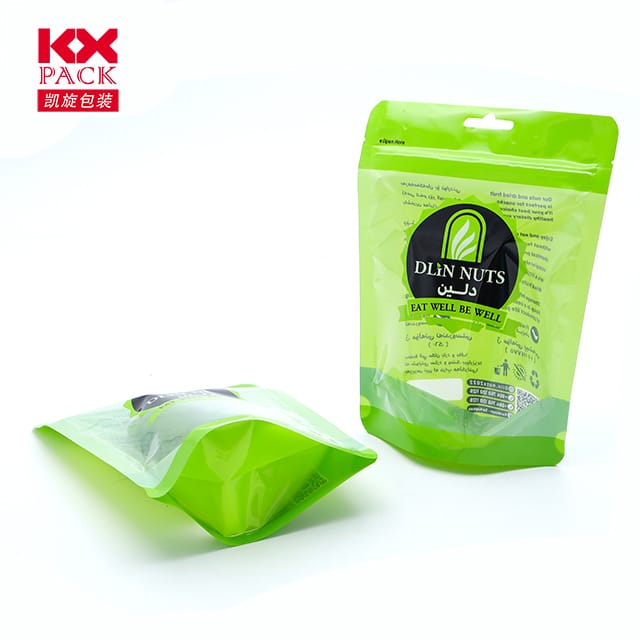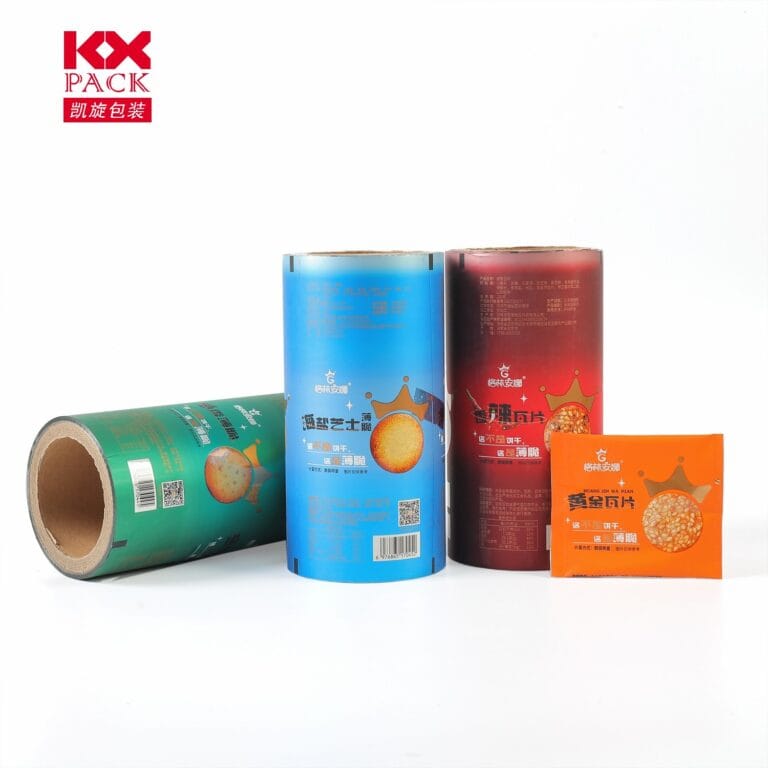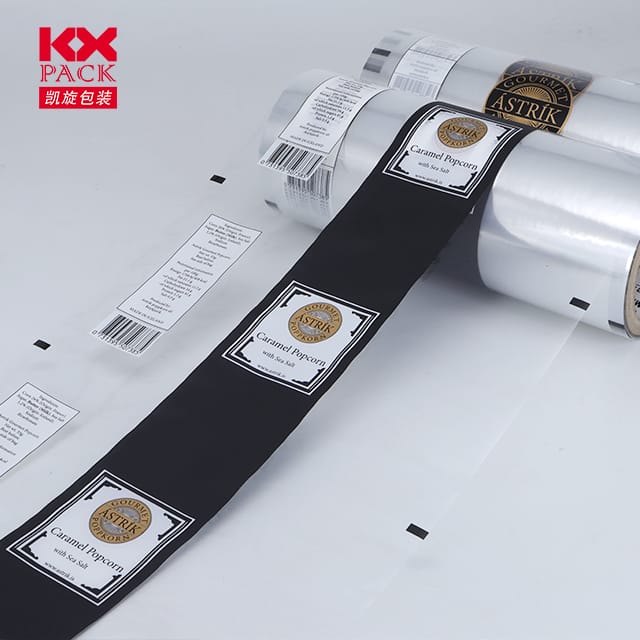革命包装: 灵活塑料膜创新的兴起(1)
柔性塑料膜
在一个可持续性和功能统治至高无上的时代, 柔性塑料膜包装 已经成为各行业的游戏改变者. 从食品保存到电子商务交付, 这种轻巧而耐用的材料正在重塑我们的包装方式, 保护, 和现在的产品. 让我们研究为什么灵活的塑料膜不仅仅是包装趋势 - 它们是应对现代挑战的可持续解决方案.
1. 多功能性: 一种千篇一律的方法
灵活的塑料膜在适应性方面表现出色. 它们符合不规则形状的能力, 密封, 并且应承受各种环境条件使其非常适合:
- 食物 & 饮料: 真空密封包装延长了保质期, 而屏障膜可以防止水分和氧气.
- 药品: 防篡改印章和耐孩子的封闭确保安全.
- 电子商务: 可拉伸膜在运输过程中固定物品, 减少损害和回报.
与刚性包装不同, 灵活的电影需要更少的原材料, 使品牌能够优化仓库和货架上的空间.
2. 可持续发展: 迈向循环经济的一步
而传统塑料面临对环境影响的批评, 灵活的塑料膜是开创更绿色的替代品:
- 基于生物的电影: 由玉米淀粉或藻类等可再生资源制成, 这些薄膜分解速度比传统塑料更快.
- 回收内容: 现在,许多制造商合并了消费后的回收 (pcr) 材料成电影, 减少对原始塑料的依赖.
- 轻量级设计: 在生产和运输过程中,使用较少的每个包装的材料降低了碳足迹.
行业领导者也在探索可堆肥电影 和化学回收 关闭塑料废物的循环.
3. 创新: 技术符合设计
灵活的塑料膜不再只是障碍,它们是创新的画布:
- 智能包装: 带有传感器的膜可以监视新鲜度, 检测泄漏, 甚至通过QR码与消费者互动.
- 高阻隔薄膜: 高级涂料通过阻止紫外线来延长产品的寿命, 气体, 或水分.
- 可打印的表面: 充满活力的图形和全息效果增强了品牌知名度和消费者参与度.
这些进步不仅保护产品,还可以提高拆箱体验, 促进品牌忠诚度.
4. 挑战 & 未来的前景
尽管有好处, 灵活的塑料膜面对障碍:
- 回收基础设施: 由于多层结构或添加剂,许多电影很难回收. 改进分类技术和标准化材料可以解决这一问题.
- 消费者的感知: 对塑料环境损失的误解持续存在. 教育运动和透明标签 (例如。, “制成 50% PCR”) 可以建立信任.
展望未来, 可生物降解的聚合物 和水溶性膜 保持零浪费包装的承诺. 物质科学家之间的合作, 品牌, 决策者对于扩展这些解决方案至关重要.
结论: 拥抱灵活性革命
柔性塑料膜包装不仅仅是一种材料,它是变化的催化剂. 通过平衡功能, 可持续性, 和创新, 它使品牌能够满足消费者的需求,以便方便, 安全, 和生态意识. 随着技术的发展, 包装的未来在于电影不仅具有灵活形式,而且在目的上也可以适应.
呼吁采取行动:
您的品牌如何利用灵活的塑料膜来增强可持续性和客户体验? 在下面的评论中分享您的想法!






